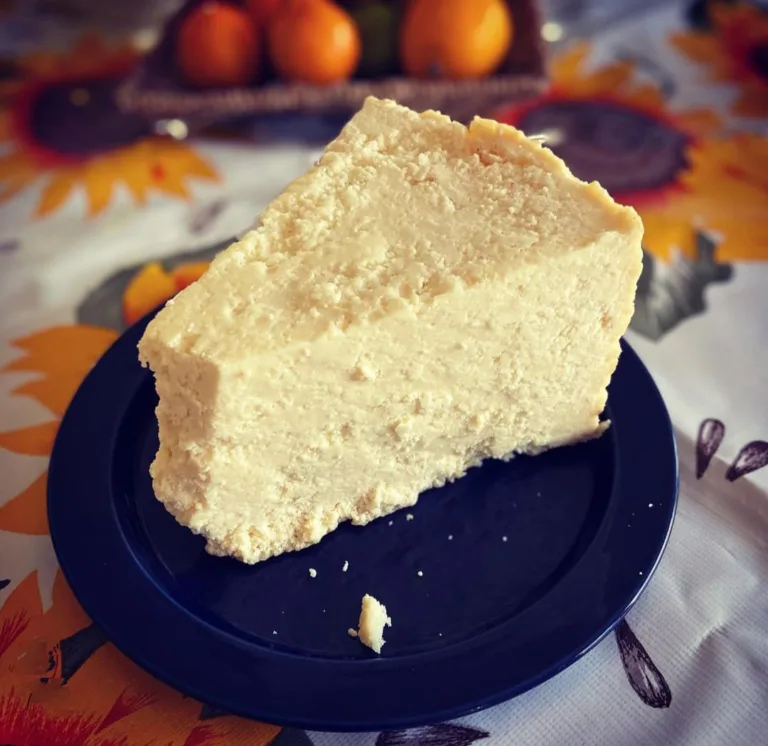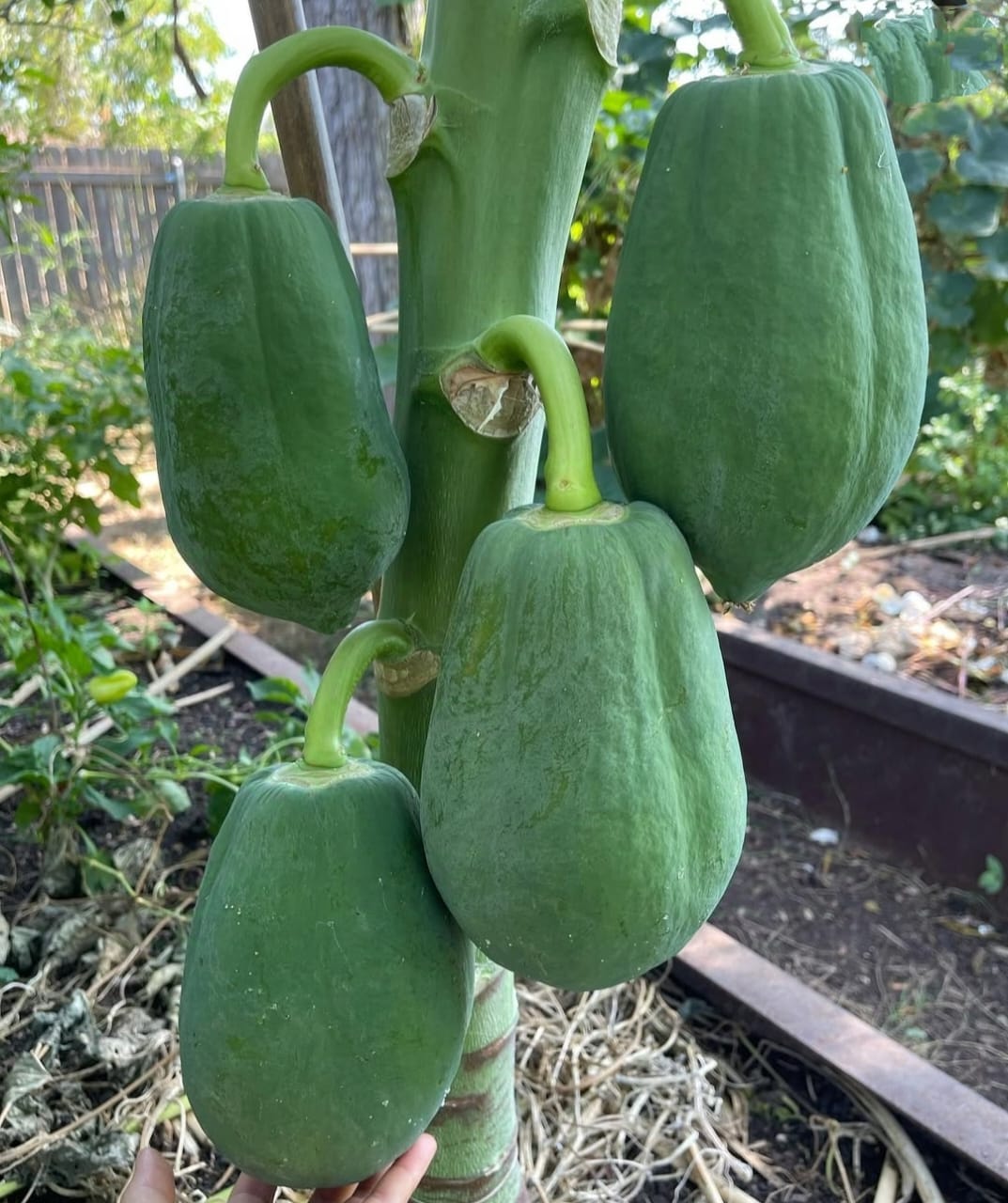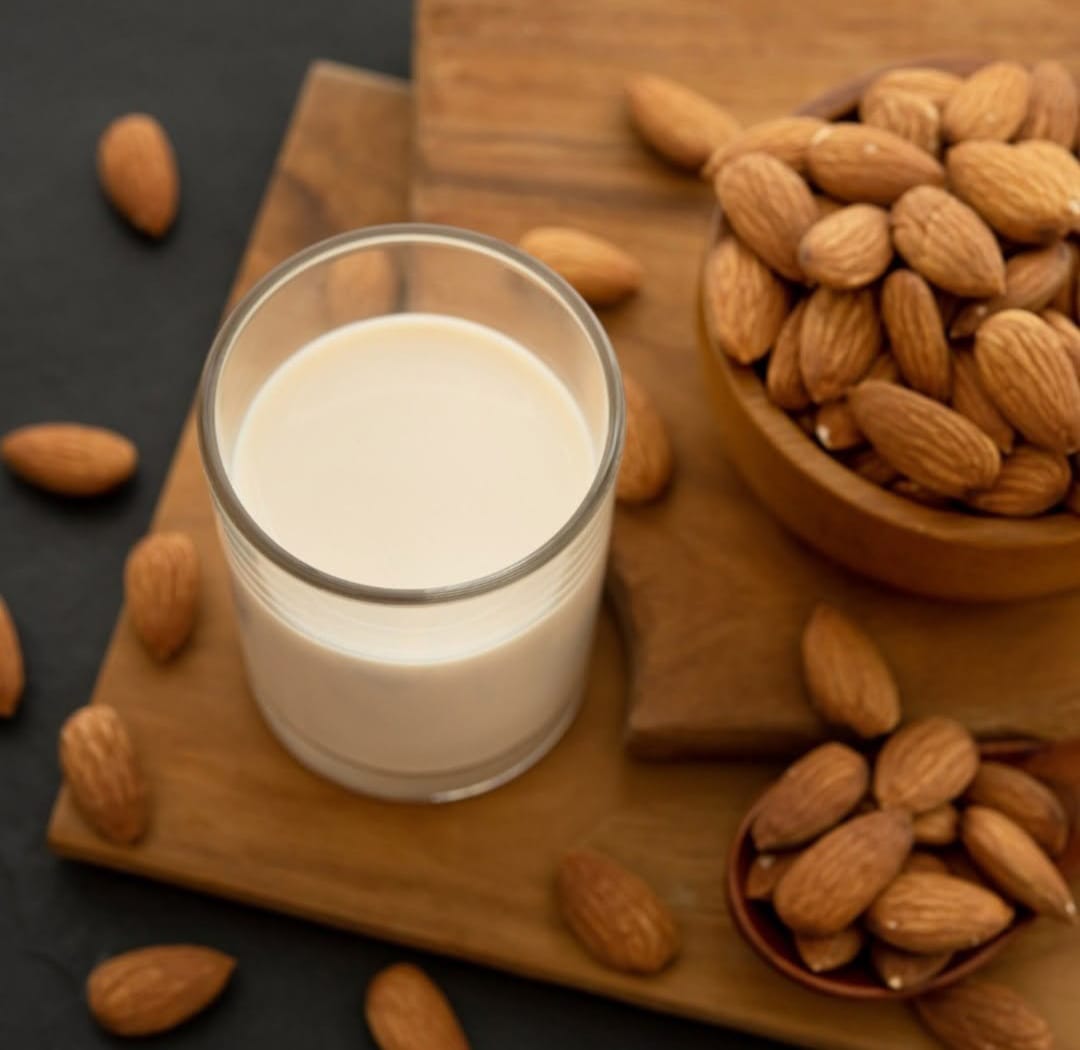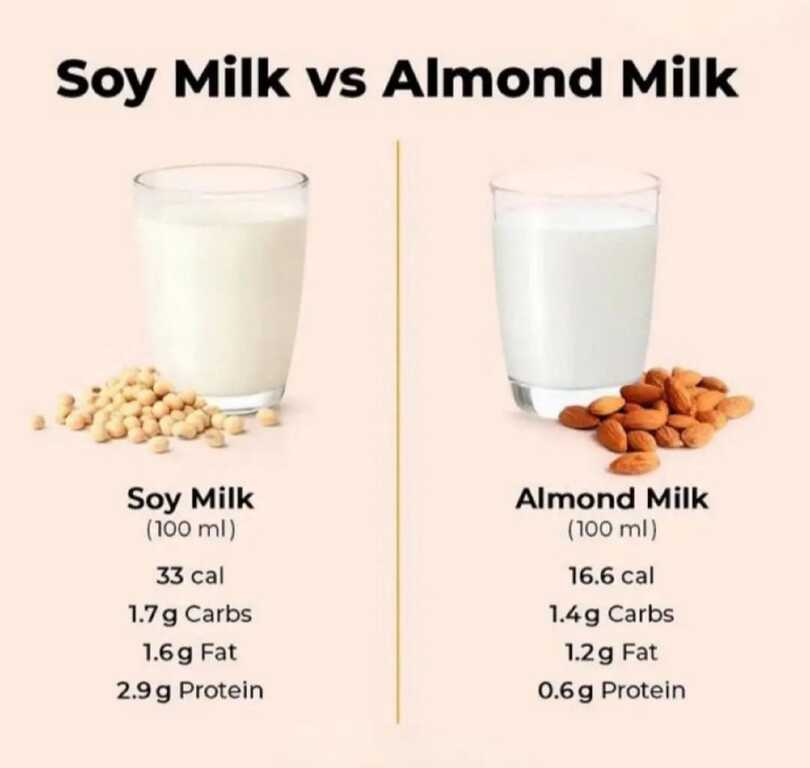Table of Contents
Cotija Cheese
Made from cow’s milk, cotija cheese is a crumbly Mexican cheese. With a taste that can be described as tart and salty, similar to feta but stronger, this savory cheese is great for garnishing dishes like tacos, salads, and elote-Mexican street corn. This Mexican cheese is manufactured in two styles: aged and fresh. It originates in the town of Cotija in the state of Michoacan. This new style is milder than the aged version and relatively salty in taste. This highly versatile cheese adds a nice finish to many classic Mexican dishes.
Its strong flavor gives many Mexican cuisine a delectable final touch. A staple on many enchiladas, Cotija helps bring out the rich flavors of the dish and, when sprinkled on nachos, offers delicious contrast to other elements. The creamy, salty flavor is amazing when used for tacos. The creaminess it brings adds a traditional touch to meals such as chilaquiles and posole-balancing their bright flavors. Its adaptability and great flavor and texture make it a staple in Mexican cuisine.
Adding cotija cheese to your diet can be of great help when used in moderation. It contains an abundance of calcium, protein, and other nutrients that will help to strengthen your bones and muscles. It does contain some saturated fat, but you still get to enjoy the flavor of this excellent cheese without having to cut down significantly on your intake of fat if used moderately. One important consideration is the sodium in Cotija, which can be rather salty. So, just check the label, especially if you are on prescription or over-the-counter medication such as blood pressure pills or take other heart-related medications.
Fortunately, you will enjoy the flavor without using big amounts because it has a very strong flavor—just a little goes a long way. In fact, all things considered, Cotija cheese is sure to complement a wide array of dishes that include salads, and even tacos, yet it remains part of an overall well-balanced diet. But if you are here for the substitutes we have given them below all these are healthy and nutritious you must try all of them.
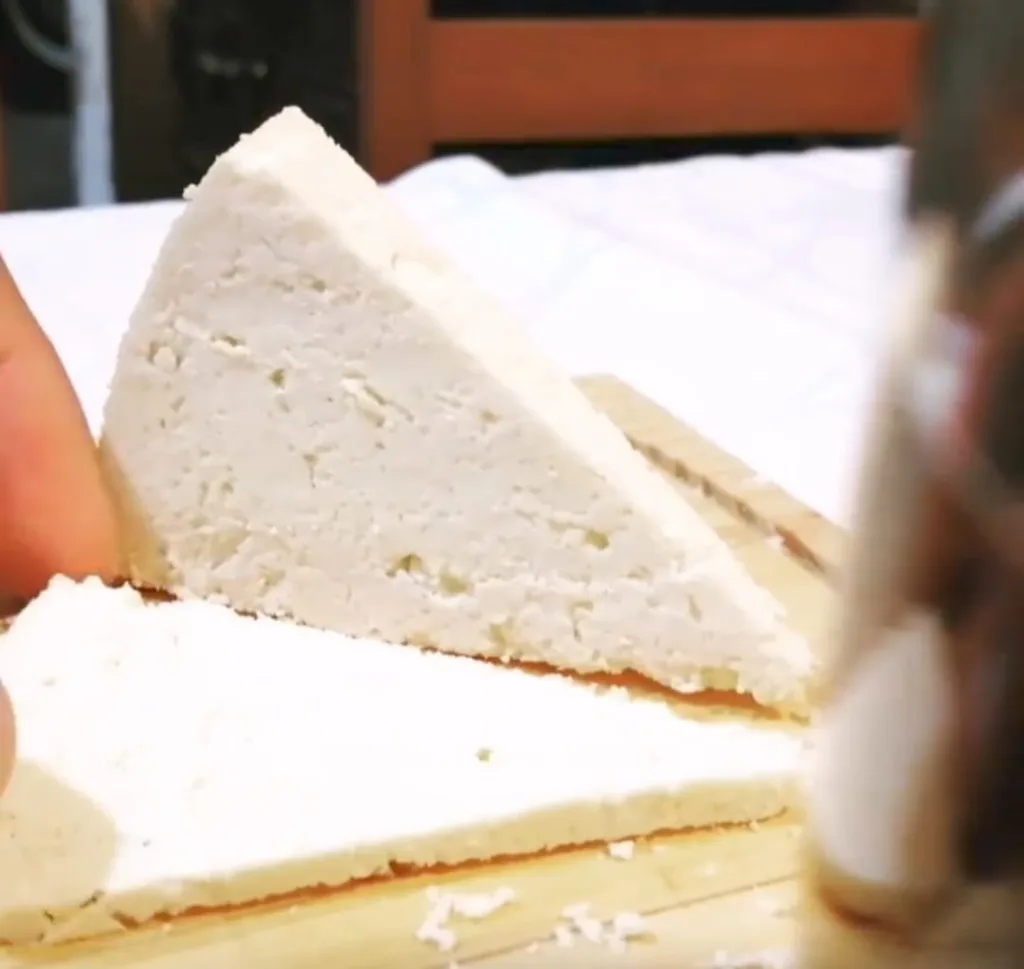
Cotija Cheese Substitute
If you are looking for the Cotija Cheese Substitute here is the list of these given below these are best substitutes to try. They are nutritional, tasty, and can be used in the toppings also. Go through the list given below:
- Grana Padano: This Italian cheese is a much lesser counterpart of Parmesan. The Grana Padano was aged about two years with unpasteurized cow’s milk. It has a rich nutty flavor and is gritty. It does not overpower other flavors but complements them very beautifully and brings depth to salads, pasta dishes, and toppings.
- Feta Cheese: Feta is crumbly in texture, similar to Cotija and will crumble easily as it is a brined cheese. The salty, acidic flavor combines with anything from salads to tacos and Mediterranean recipes as a garnish. Taste first because its saltiness may vary in your dish.
- Parmesan Cheese: A bit harder and less crumbly than Cotija, grated Parmesan cheese can be used as an acceptable substitute due to its strong, savory flavor. It is most naturally incorporated into prepared foods, such as casseroles or pastas, where it can simply melt and blend in. Since the flavor is so strong, just a little is enough!
- Queso Fresco: This fresh, crumbly, and soft cheese is mild in a recipe from many Latin countries to substitute for Cotija. Though not as salty and not quite as assertive of a bite, it adds a nice mouth feel and creaminess to salads, enchiladas, or tacos.
- Ricotta Salata: It is firmer, salty, and aged cheese, crumbly texture with a salty flavor that leans to the subtle side. Good to balance stronger flavors and good to include in salads, pizzas or roasted vegetables.
- Manchego: Manchego, is a Spanish sheep milk cheese with a nutty flavor, and buttery texture. Crumbly or grated it can slip into almost any recipe like pasta dishes, salads and tapas for instance. It tastes radically different, but it goes just as well with most of the same dishes as Cotija.
- Pecorino Romano: An aged sheep milk cheese Pecorino Romano is far saltier and sharper than Parmesan. This makes it perfect for grating over pasta, but if you are trying to hold back on the salt intake in a recipe, try using less. Aged, it has a smoky taste that distinguishes many an Italian dish.
- Añejo: A crumbly, aged Mexican cheese with a spicy taste impregnated by rolling paprika over it. Like Cotija, añejo is easy to shred or grate and can be used in a number of recipes, such as burritos, tacos, and enchiladas. It’s interestingly complex flavor and sharper than fresh Cotija so use less and taste your way to more.
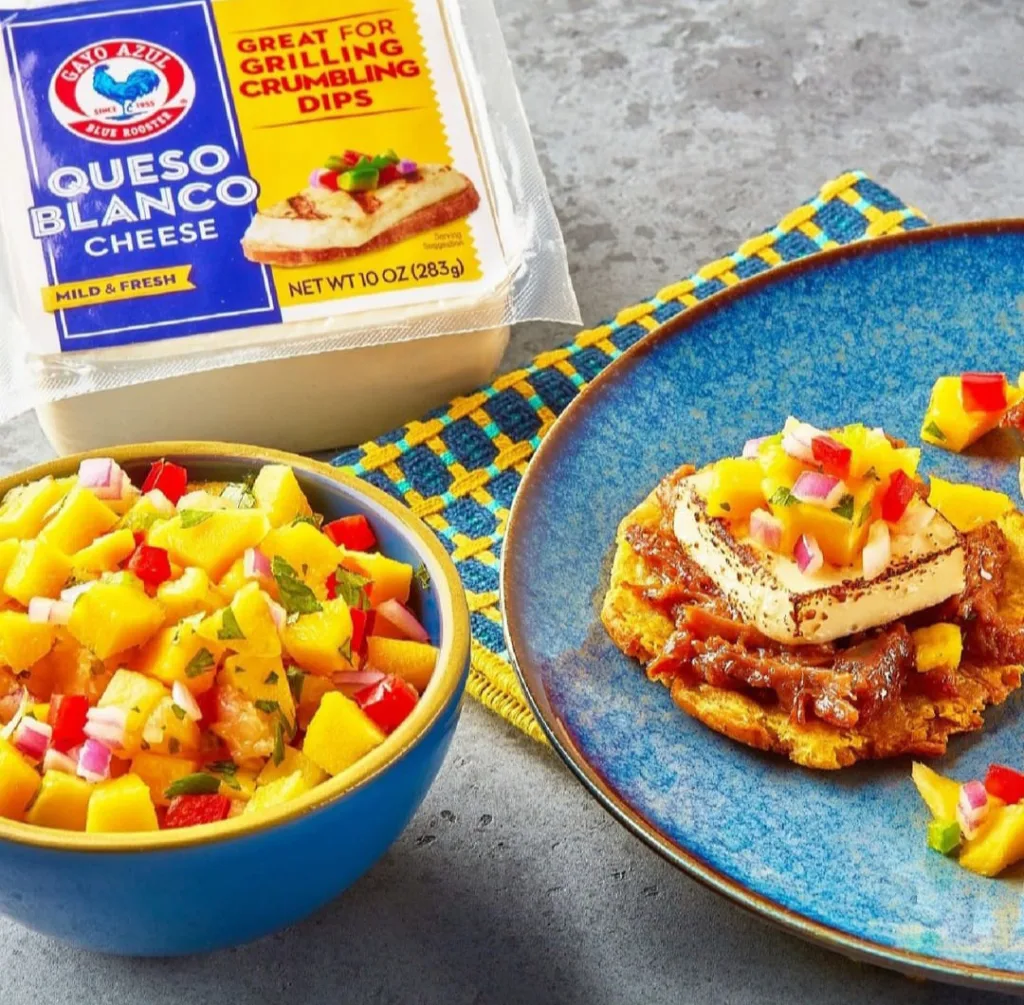
Ingredients of Cotija Cheese
- Cow Milk. The main ingredient, usually pasteurized to ensure it is safe. The flavor and texture of cheese rely partly on the quality of milk used. Some artisanal types may include raw milk for a richer taste.
- Rennet. An organic enzyme which aids in clotting milk and separating it into whey and curds. This is necessary in the process of making cheese.
- There are two types. Rennet may be of microbial or animal origin; there is also vegetable rennet for vegetarians who do not consume animal derivatives. Milk with selective cultures of bacteria gives rise to fermentation. In these bacterial cultures, acidity and flavor are developed.
- They are components of the character of the cheese as well, though they affect its texture and contribute to the aging process.
- Salt is added for both preservative and flavor purposes. It adds flavor, in general, and prevents unwanted bacterial action.
- Types: Depending on the preferred final flavor, the sea salt can be available in a coarse to fine grind.
Additional Ingredients
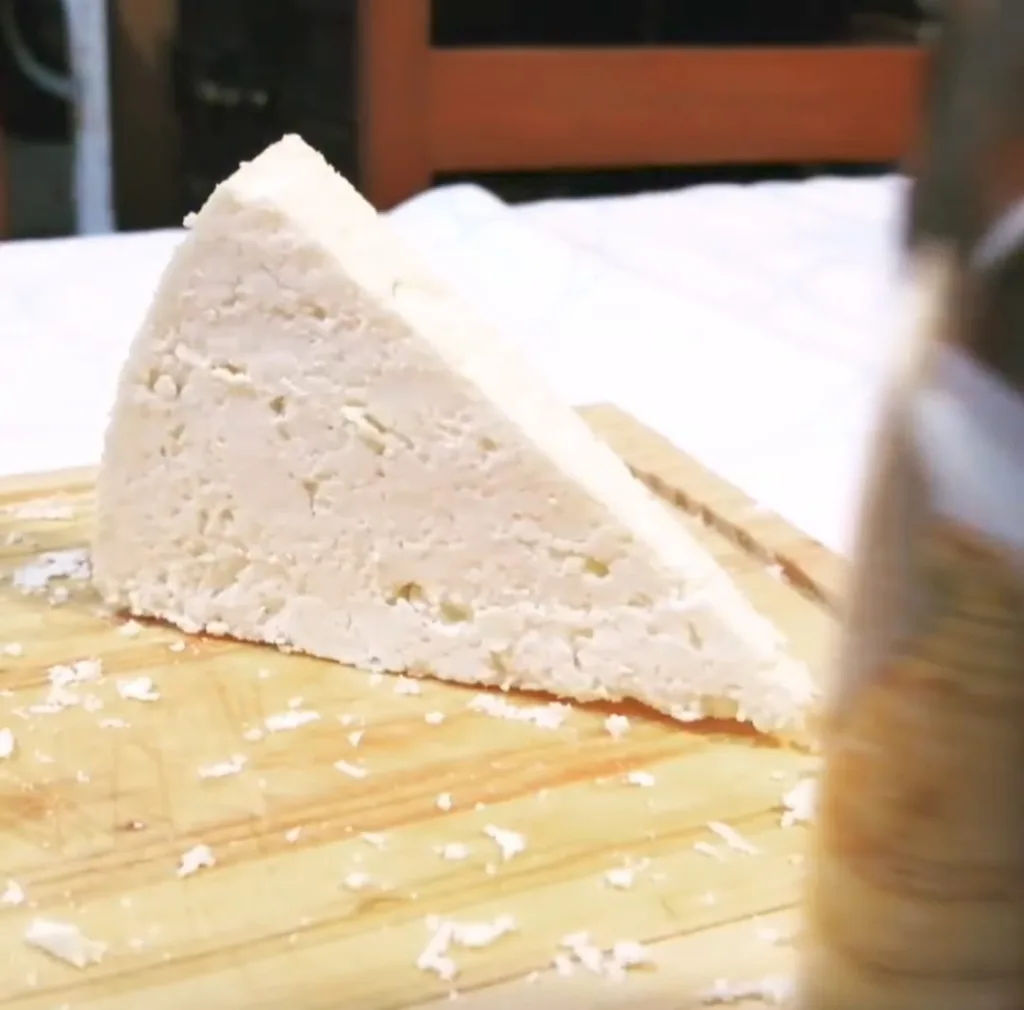
- Cream: Depending on the desired texture of the cheese, some of the recipes may add cream to make the cheese thicker.
- Herbs/Spices: In some products, especially the artisan cheeses, herbs or spices are used to create unique flavors.
- Curds: the milk curdles and forms curds when rennet is added to it while being heated
- Cutting the curd: cut the curds into little small particles to allow whey to drain off.
- Cook and Stirring :cooking the curd gently to allow its other whey to be released.
- Drainage: the final process involves pressing of the curd after separation of whey to make whey cheese.
- Salting and Aging: Actually, after salting the cheese and letting it age for a while, its flavor is very pronounced, and the texture really shows character.
Nutritional Content of Cotija Cheese
| Nutrient | Amount per Serving | % Daily Value (DV) |
|---|---|---|
| Calories | 100 | |
| Total Fat | 8g | 10% |
| Saturated Fat | 5g | 25% |
| Trans Fat | 0g | |
| Cholesterol | 30mg | 10% |
| Sodium | 420mg | 18% |
| Total Carbohydrates | 1g | 0% |
| Dietary Fiber | 0g | 0% |
| Sugars | 0g | |
| Protein | 6g | 12% |
| Vitamin A | 4% | |
| Calcium | 310mg | 31% |
| Iron | 0.2mg | 1% |
You may also like to read this: Spam Nutrition Facts: Is it Good for You?
For fitness blogs click here.
FAQs
Does Cotija Cheese melt?
One distinct characteristic of Cotija cheese is that, although it becomes soft when it is heated, it does not melt. Its crumbly texture makes it ideal for scattering over a wide range of foods.
How many calories are in Cotija Cheese?
One ounce of Cacique Cotija cheese has 100 calories, with a macronutrient breakdown of 0% carbs, 75% fat, and 25% protein. It also provides 30% of your Daily Value for calcium, making it a good source of this nutrient. It can vary a little bit up or down.
What does cotija cheese taste like
Cotija is a firm, white, salty cheese with a milky flavor. Young Cotija has quite a mild flavor, not unlike a mild feta, while aged Cotija (añejo) tastes much like the hard cheeses-Parma being the closest one of all. It softens when heated but does not melt.
Is Cotija Cheese healthy?
Cotija cheese adds a nice component to a diet in moderation. Cotija Cheese is an excellent source of both calcium and protein, both essential for healthy bones and muscles. In addition, due to its relatively high sodium and saturated fat content, be mindful of portion sizes, particularly if you are watching your salt intake for health-related reasons. As it has a strong flavor, even an infinitesimally small amount substantially contributes to the taste of food without adding too much fat or calories. Although it is generally better to include Cotija if used judiciously, its strong flavor makes it practical to add small amounts even without this precaution.

Ankush Kumar is a professional content writer and the founder of Healthnick.com. He is a health and wellness enthusiast with a deep interest in nutrition, fitness and holistic living. Harish is committed to delivering research-based insights on various health topics. He enjoys exploring new trends in health, experimenting with nutritious recipes, and staying active.
